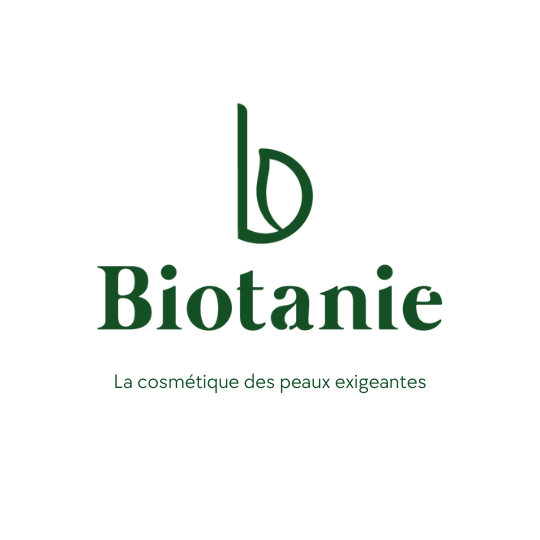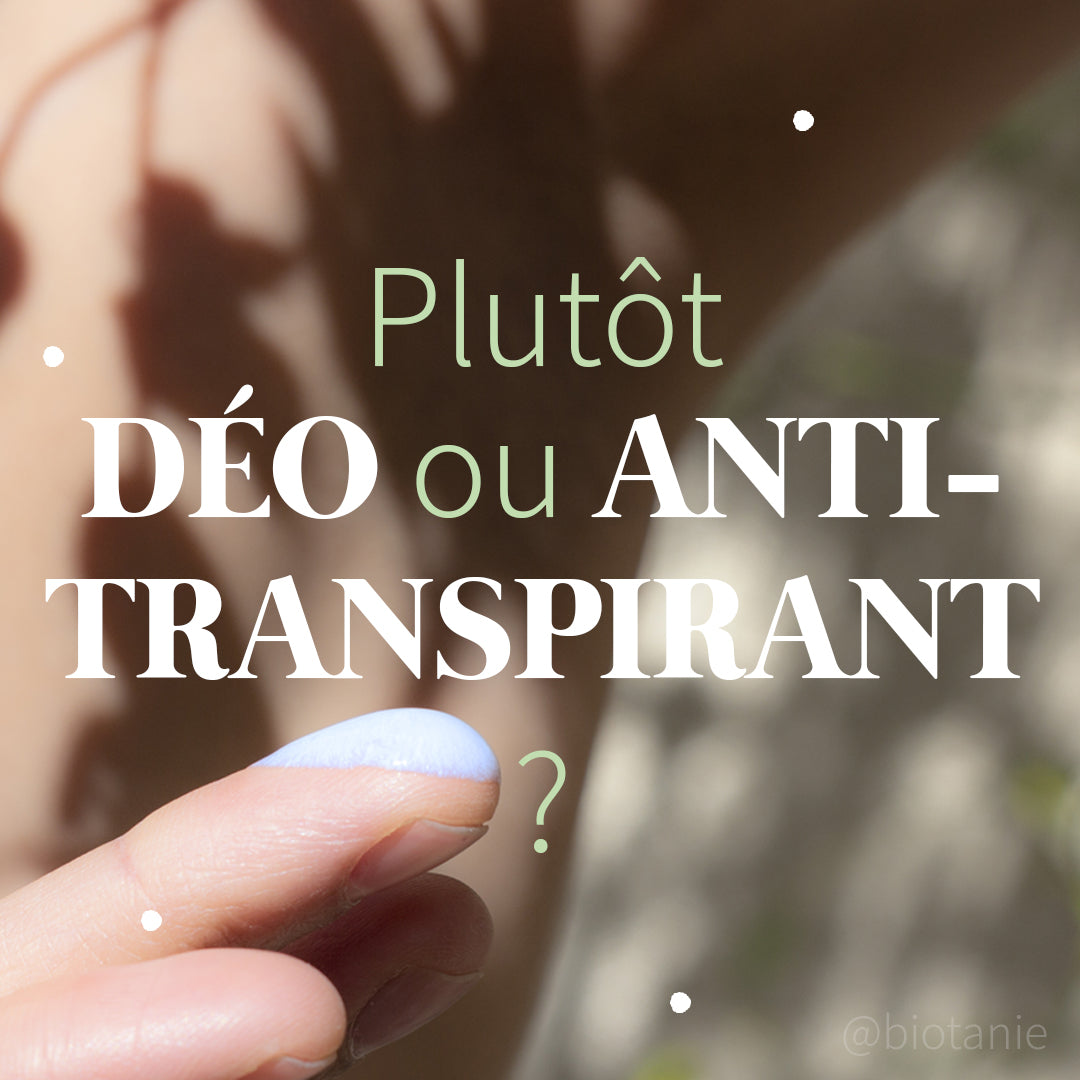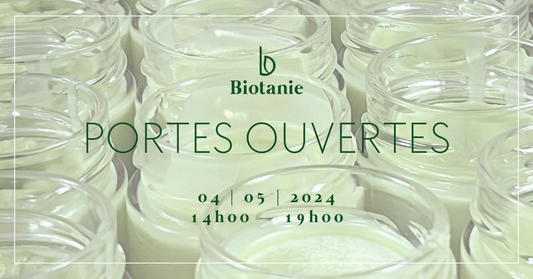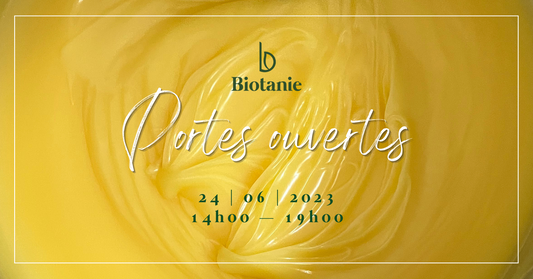Deodorants and antiperspirants (or anti-transparency 😉 ) are among the hygiene products that have become essential in everyday life. Both help fight odors linked to perspiration, but they do not act in the same way... So, before going any further, let's go back to the source. Why do we sweat? What is the origin of these bad odors?

Why am I sweating?
Sweating is natural . This helps regulate body temperature . When our temperature rises, heat is evacuated in liquid form to lower this same temperature. 🌡️
This fluid flow is composed of water and toxins , called perspiration, and is eliminated via the sweat glands.
Sudo glands… what?
Sweatproof! There are 2 types:
- Eccrine sweat glands: the most numerous, they are found on almost the entire body.
- Apocrine sweat glands: located in the armpits , genital area and scalp; developed after puberty (this is why children don't need deodorant... normally.) 🤭
Let's note one thing that not everyone necessarily knows: sweat has no odor . These are the bacteria present on the surface of the skin which, upon contact with perspiration, cause bad odors.
Should we fight against sweating?
Because the consequences of perspiration can be annoying (odor and humidity), we seek at all costs to counter this natural phenomenon, although far from being useless: remember that it helps in particular to eliminate toxins ... ☣️
You simply need a solution that acts on the odor mechanism by absorbing perspiration as soon as it comes out. We must not block perspiration and its toxins in the body. ❌
Antiperspirant or deodorant: how do they work?
It is important to distinguish between antiperspirant and deodorant.
• The antiperspirant strongly limits sweating thanks to various components, mainly aluminum salts . These salts form plugs which obstruct the pores of the skin (astringent properties): the flow of perspiration is then “ blocked ”. Moreover, as soon as a “deodorant” contains aluminum salts, it must then be called “antiperspirant”.
Despite several years of bad reputation, aluminum salts are finally no longer considered carcinogenic. A recent study (adopted on March 4, 2020) even finally considers the use of aluminum in cosmetics to be safe. It is still preferable not to use it because it prevents the skin from breathing and therefore from evacuating toxins . In addition, in the medium or long term, it may be responsible for irritation ...🔥
Furthermore, the use of antiperspirant on a daily basis makes it essential to its user: as perspiration is not naturally regulated, if you forget to put it on once... it's a disaster.
• Deodorant acts on the odor of perspiration by directly attacking the bacteria responsible for these bad odors using antibacterial agents. Most deodorants also contain perfuming agents which mask these bad odors.
The problem is that many conventional deodorants contain endocrine disruptors such as parabens (preservatives), phthalates (fixatives) and triclosan (antibacterial).
A study by Inserm (National Institute of Health and Medical Research) has highlighted a link between the exposure of women during pregnancy to triclosan and behavioral problems in young boys. Its antibacterial action is so (too) powerful that it would cause a phenomenon of antibiotic resistance. Among the controversial ingredients, we can also find alcohol (bactericidal) allowing the deodorant to dry faster, but not without consequences for the skin... . 😔
What to choose…
You know, we don't all have the same skin sensitivity.
Although some people can use products containing bicarbonate , alcohol or essential oils without intolerance or allergy (in any case, in the short term), others are sensitive to them from the first uses: they therefore need gentler alternatives to the skin .
To respond to this problem, some brands use mineral salts such as zinc or silver ( natural ingredients which we will tell you about in a future article 😉).
To choose the right deodorant, you must avoid formulas containing alcohol , synthetic fragrances and parabens , but also essential oils because they can become allergenic (see article on essential oils ).
Good to know : When switching from an antiperspirant to a natural deodorant , there needs to be an adaptation period - from a few days to 1 month of use - the time to "unclog" the pores clogged by residue. antiperspirants.
During this short period of time, sweating may be greater . The body will gradually regulate the flow of perspiration and the natural deodorant will play its primary role: NOZZLE SAVIOR . 😛
Ibtihel of Biotania 🌷




